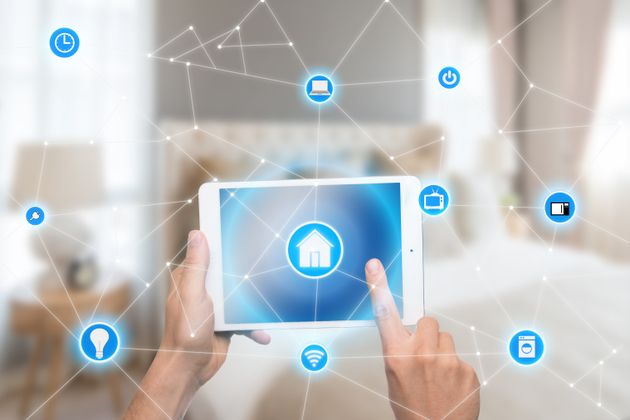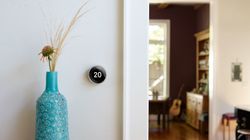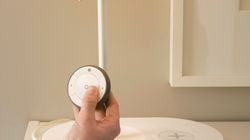
Not a month goes by without some massive leap forward in smart home technology. Once purely the concern of people who liked the convenience of turning on their kettle from the comfort of their own bed, there’s now a thriving ecosystem of smart devices for almost every aspect of analog home life.
Despite this, smart technology still fails to register in a real-world setting for the majority of people. Part of that is due to lots of brands in the space insisting that their devices only talk to each other – thereby limiting consumers to technology within one company’s ecosystem.
Customers want, and expect, devices to communicate and, ultimately, just work – regardless of the brand. Companies like Nest have made real strides to prove it can play nicely with others, but this is sadly still more of an anomaly than the norm.
The second, and perhaps more prominent barrier to wider adoption of smart tech, is ongoing misgivings about real-world application of the technology.
Frustratingly, smart-egg holders, connected hair-brushes and even IOT luggage are perennially more newsworthy than a practical application for the Internet of Things, so invariably a lot of people still believe that the industry is focused on producing gimmicks.
This myopic view of smart tech could all be about to change, though.
The Internet of Things is rapidly coming up with a number of effective and sensitive solutions to issues faced by people living with disabilities.
Lots of the advancements in this space centre around granting those living with disabilities a greater degree of independence. Whether that’s voice-activated products for people with physical impairments or smart locks for households to admit certain people, such as informal carers or family, lots of this tech is setup so that users can have autonomy – without having to rely on somebody to carry out ‘everyday’ tasks (which are often far from ‘everyday’ for people with disabilities).
Voice activation granted by products like Apple’s Siri, Amazon’s Alexa or Samsung’s Bixby are the key to these ecosystems. Paired with the likes of ‘Switch Control’, which allows users to navigate sequentially through items on a screen, this tech can be controlled as effectively by spoken commands as manual interaction.
Accessibility is the focus here. Whether that’s automating doors, heating, blinds or lighting, the important nuance is that smart home tech in this space doesn’t have to be flashy or over the top. In fact, this new wave of Internet of Things technology is earning plaudits for its pragmatic application – granting disabled users the ability to carry out their lives without being constantly reminded that this is anything but ordinary.
Awareness and cost remain big barriers to the wider take-up of these services among disabled homeowners. Providers in the space tend not to take an active approach to marketing to this segment, and pricing unfortunately still reflects that.
That’s slowly changing. Nest’s decision to unlock its API so that it connects with other Internet of Things brands is a sign that smart companies are starting to put aside rivalries to create truly connected ecosystems.
The next step for the industry is to acknowledge that its technology can have a considerable material impact on people’s lives – and especially those living with disabilities. Hopefully then it’ll stop pricing its products as recreational luxuries and understand the need for this technology to become truly accessible.


